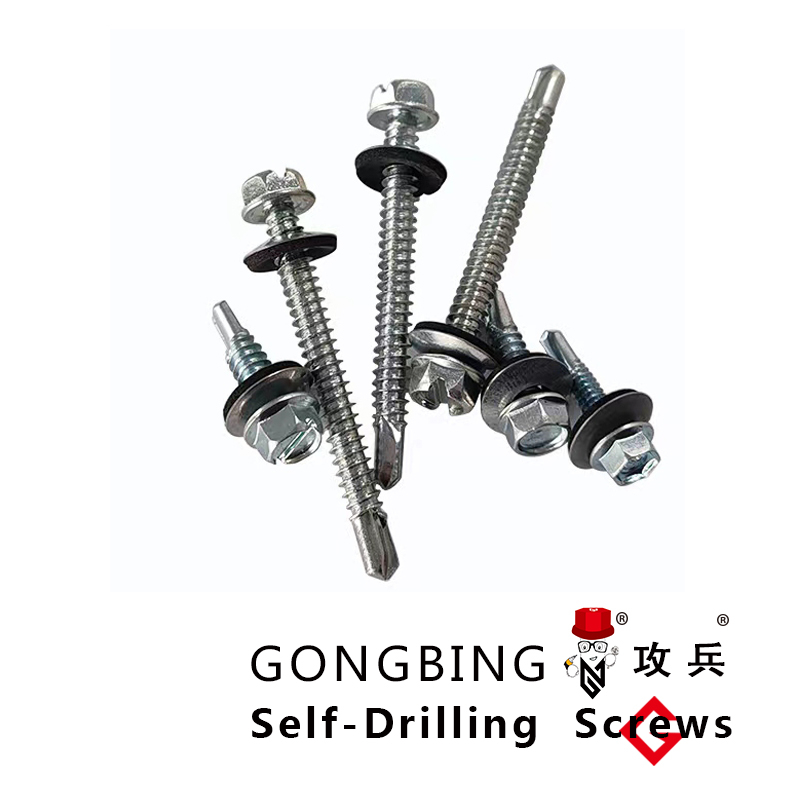temporary bracing in steel construction
Temporary Bracing in Steel Construction Ensuring Stability and Safety
In the realm of steel construction, temporary bracing emerges as a crucial component that ensures the stability and integrity of structures during various phases of the building process. This specialized bracing system is designed to provide lateral support to steel frames, preventing any lateral movement and maintaining the structural integrity until the permanent bracing or other structural elements are in place. Understanding the importance, applications, and best practices associated with temporary bracing is essential for professionals in the construction industry.
Importance of Temporary Bracing
The necessity of temporary bracing arises from the fact that newly constructed frames are often vulnerable to lateral loads, such as wind and seismic forces. Without adequate support, these frames can experience buckling, twisting, or even collapse, posing significant risks to both the integrity of the structure and the safety of construction personnel. Temporary bracing acts as a safeguard during the construction phase, allowing workers to proceed with confidence while maintaining a secure working environment.
Applications in Construction
Temporary bracing is commonly applied during the erection phase of steel structures. As steel components are assembled, they may not possess sufficient stiffness to resist lateral loads on their own. Temporary bracing systems can be configured in various ways, including
1. Cross Bracing This involves the installation of diagonal braces that form an X shape within the frame. Cross bracing is highly effective in resisting lateral forces and is one of the most common forms of temporary bracing.
2. K-Bracing In situations where space is constrained, K-bracing can be employed. This configuration utilizes diagonal braces that connect to the beam and column at specific angles, providing stability without occupying as much space as traditional cross bracing.
3. Shear Walls In some designs, temporary shear walls made from wood or other materials may be erected to lend additional stability to the overall structure during construction.
4. Braced Frames These frames incorporate a systematic assembly of bracing elements that are integrated into the steel framework, offering enhanced resistance to lateral forces throughout the various construction stages.
temporary bracing in steel construction

Best Practices for Implementation
When implementing temporary bracing in steel construction, several best practices should be observed to ensure effectiveness and safety
- Design Considerations Proper design calculations are essential for determining the size and configuration of bracing systems. Engineers must evaluate anticipated loads and conditions to create a robust temporary support system.
- Installation Protocols Temporary bracing must be installed correctly and inspected regularly throughout the construction process. Workers should follow established safety protocols and utilize proper equipment for installation.
- Monitoring Continuous monitoring of the bracing system is critical. Any signs of deformation, movement, or material fatigue should be addressed immediately to avert potential failures.
- Communication Clear communication among team members is vital. Ensuring that all personnel are aware of the role and importance of temporary bracing enhances overall safety and operational effectiveness on the site.
- Decommissioning Once the permanent structure has been completed and is deemed secure, temporary bracing should be systematically removed in a manner that does not compromise the structural integrity of the building. This process requires careful planning and execution.
Conclusion
Temporary bracing plays an indispensable role in the landscape of steel construction, providing essential support during the critical phases of building assembly. By implementing effective bracing strategies, construction professionals can mitigate risks associated with lateral forces, ensuring the stability and safety of both the structure and those working on it. As construction techniques evolve and new materials and technologies emerge, the principles of proper bracing will remain foundational to achieving successful and secure steel buildings. Collaboration between engineers, architects, and construction crews is key to fostering an environment where safety and structural integrity take precedence throughout every stage of construction.
-
Wedge Anchor Bolts: Secure Fastening SolutionsВестиAug.05,2025
-
Insulation Fixings: Secure and Durable SolutionsВестиAug.05,2025
-
Full Threaded Studs: Versatile Fastening SolutionsВестиAug.05,2025
-
Expanding Fasteners: Secure and Reliable SolutionsВестиAug.05,2025
-
Butterfly Toggle Anchors: Secure and Easy to UseВестиAug.05,2025
-
Bracing Solutions for Steel StructuresВестиAug.05,2025
